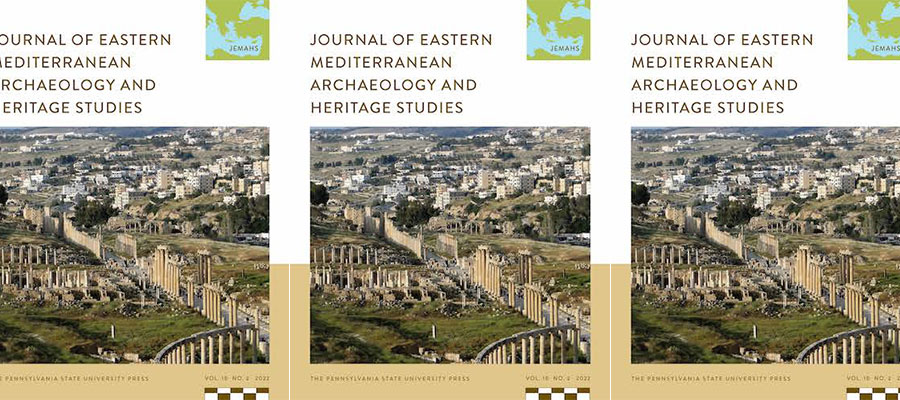Rama Al Rabady and Shatha Abu-Khafajah. "Materiality of Divinity in an Atypical Flat-Roofed Apsidal Aula Ecclesiae: The Lubbēn Large Church as a Case Study from Southern Syria." Journal of Eastern Mediterranean Archaeology and Heritage Studies, volume 10, number 2 (2022): pp. 137–161.
Aulae ecclesiae occupy a space between secular and sacred church architecture and can be considered a post- domus and pre- basilica version of the ecclesia . This article examines the origin of the representation of divinity in the Lubbēn Large Church as an aula ecclesiae and presents a contextual reading of the historical, regional, and local conditions that led to its final incarnation. The church is located in one of Syria’s largest lava fields—a region called Trachonitis in the New Testament. In antiquity Lubbēn was known as Agraina, and the large church, one of two, dates from 417 CE and was built during the height of Byzantine occupation in the region. Referencing the unusual flat-roofed apse of the Lubbēn Large Church as an example, this study contends that aulae ecclesiae introduced the innovation of “divine light” in Christian churches for advancing spiritual illumination and heavenly communication.
